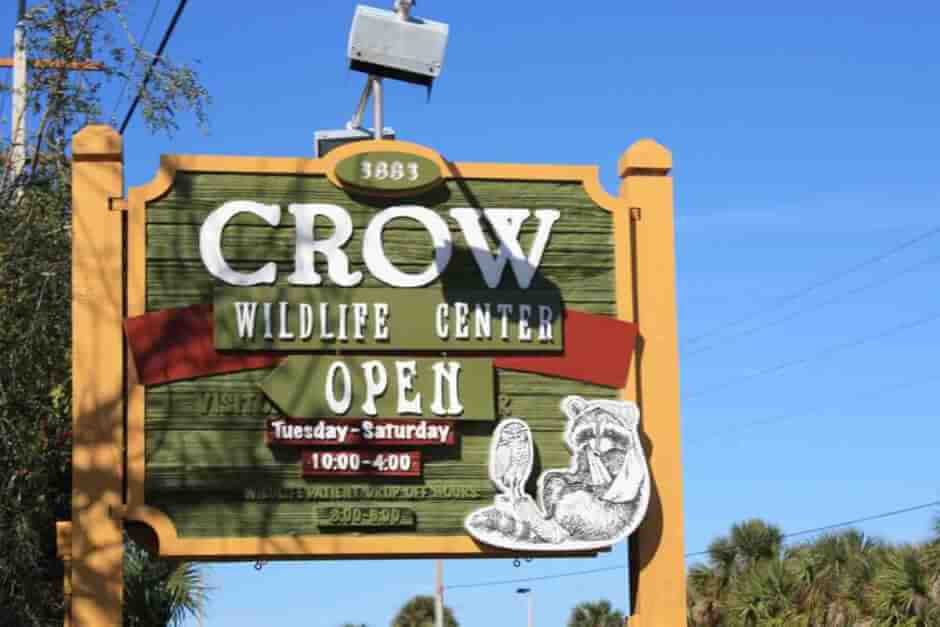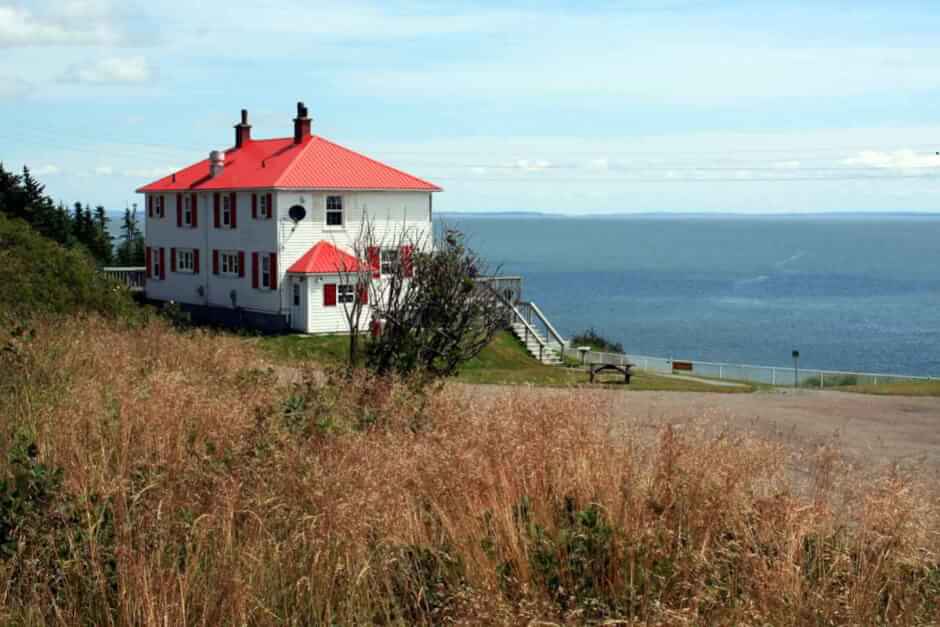The turtle sanctuary on Sanibel Island
Animal welfare in the USA is an individual matter! On Sanibel Island you take it very seriously. Not only that, the bird sanctuary - the "Ding" Darling Wildlife Refuge goes back to the initiative of one man, namely the cartoonist "Ding" Darling. No, near the sanctuary is CROW, the Clinic for the Rehabilitation of Wildlife, which is a type of rehabilitation center for wild animals that have been injured. Here is the turtle sanctuary on Sanibel Island. Treatment rooms and enclosures in which birds, raccoons, opossums and turtles are cared for back to health are located on an area of around four hectares of land. Then they are released back into nature. Ecotourism Offers in Florida offer opportunities to take a look behind the scenes.
The CROW Wildlife Center
Like so many projects of this kind in the United States, CROW started as a result of individual initiatives. In 1968, Shirley Walter, a resident of Sanibel Island, found a tern injured by a car. Because she couldn't find a facility that would take care of the animal, she took it home. She told the story to her friends. It didn't take long for a group of volunteers to band together. They are dedicated to helping wildlife. This is how CROW also developed into a turtle sanctuary. CROW was founded and in the first year of its existence more than 500 calls for help were received.
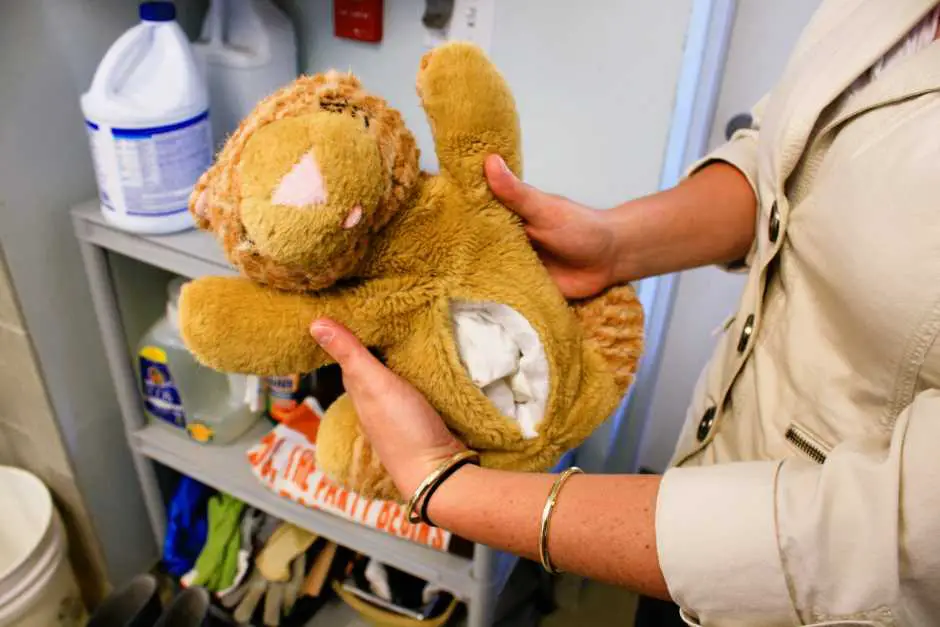
Who finances the turtle sanctuary?
Funding for CROW comes from visitors' admission fees at the Visitor Information Center. There, visitors can find out more about the work of the project. There are events that collect money for the upkeep of the facility. There are members who help keep the organization alive with their contributions. And every year it is decided anew whether money will flow from the state coffers. How successful these measures are is shown by the size of the facility. But you can also see it in the fact that you have to generate more than a million dollars a year to keep the project alive. With success!
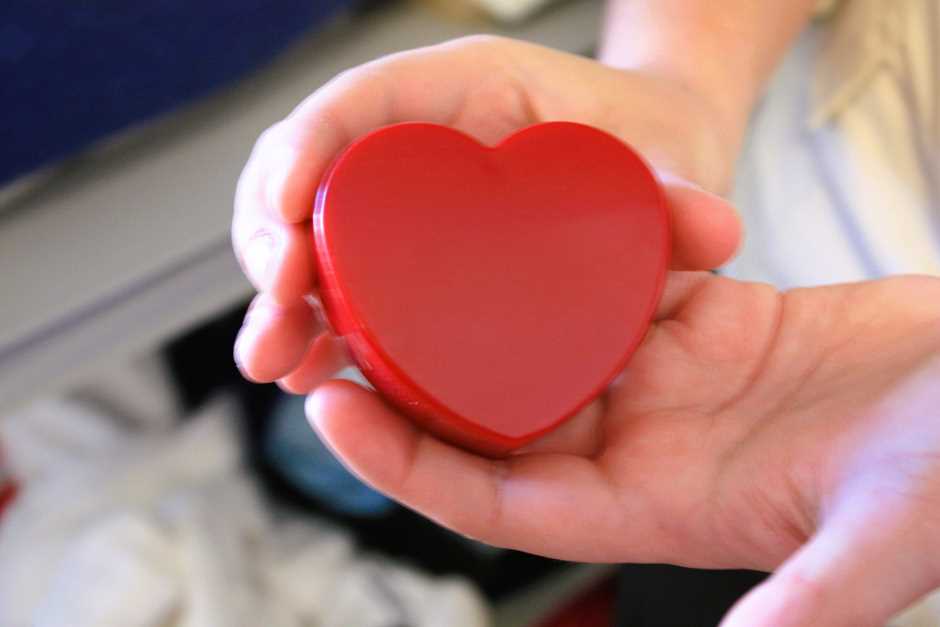
Who works in the turtle sanctuary?
The CROW staff consists partly of veterinarians and nurses who are permanently employed. There is also a program for veterinary students who do an internship here. In this way you gain experience in dealing with wild animals. The students come from the USA, but also from abroad. A year ago, CROW director Steve Greenstein explains, 36 students were working on the project. They do this on a voluntary basis. They stay here for several weeks to six months, receiving accommodation and food in exchange for their support in the project.
CROW's veterinary clinic
Today, CROW also owns a veterinary clinic where the animals are treated. They are nursed back to health until they are able to survive in nature again. Rachel Rainbolt, who is responsible for education at the animal welfare project, tells us: “The animals stay with us for four to five weeks before we release them again. But there are also animals that can no longer take care of themselves. For example, we have two ospreys that have been with us for years. We have integrated them into our rehabilitation program. They take care of osprey hatchlings that arrive injured. In doing so, they teach them behavior that is typical of their species. Only then do we release them again.”
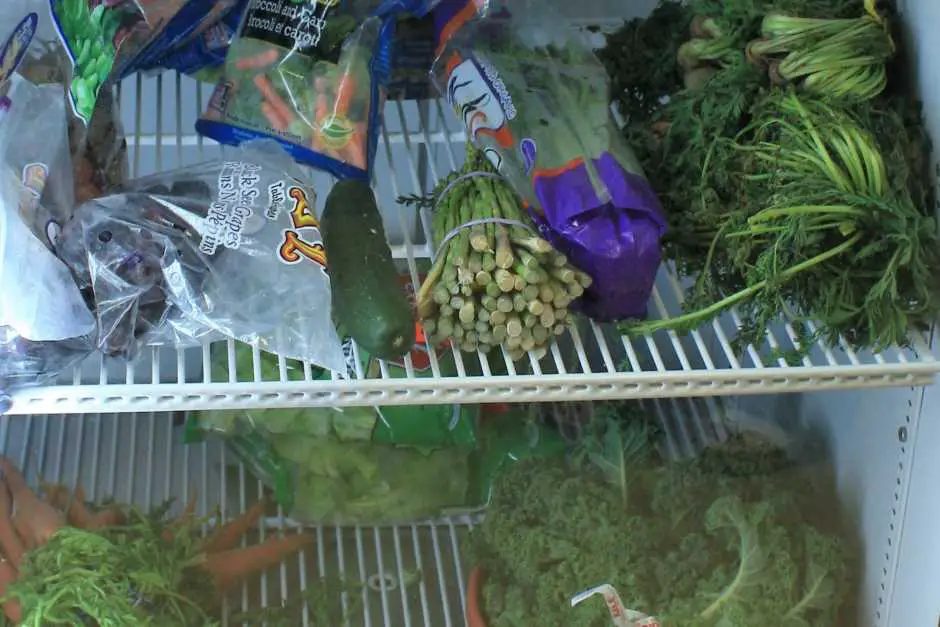
Commitment to wildlife
The extent to which the population of Sanibel Island is committed to protecting wild animals was shown in 2004 when Hurricane Charley devastated Sanibel Island. He destroyed the student accommodation. The islanders then opened their doors to the students. In this way, they also ensured the continued existence of the institution. Today the students live in a building that was built for them. The fact that the commitment to the turtle sanctuary has now reached the island administration illustrates a regulation that applies on Sanibel Island. Then everyone says “lights off from 22.00 p.m.”. This is to prevent light from luring the gopher tortoises from the sea to the interior of the island. There they are particularly threatened by car traffic during the tourist season.
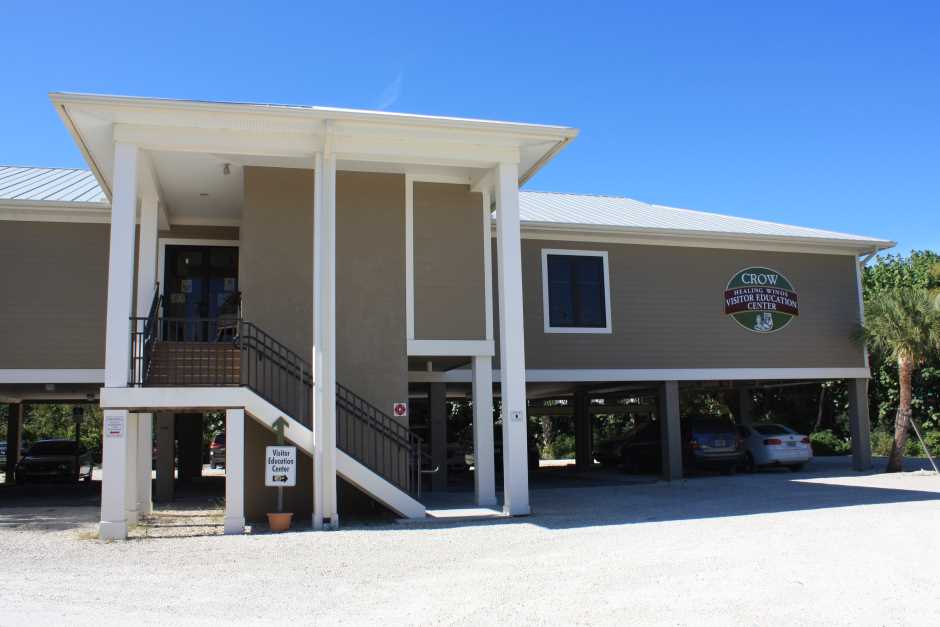
The turtle sanctuary near the "Ding" Darling Wildlife Refuge
Anyone interested in the CROW project and the turtle sanctuary near the "Ding" Darling Wildlife Refuge is welcome. The Visitor Center is located at 3883 Sanibel Captiva Road (Tel. 239 – 472 3644). Using case studies, film reports about the treatment of the animals and about the project, you can find out how the wild animals are treated here.
Antje Gerstenecker also has Sanibel Island as a paradise for shell seekers discovered.
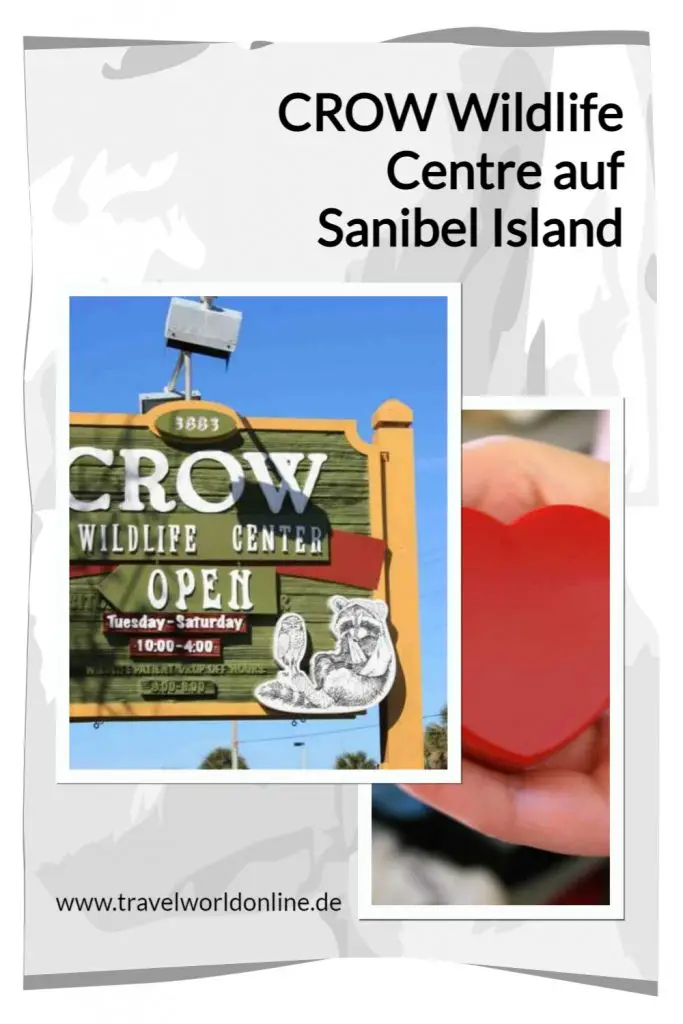
Do you already know:
- A restaurant on Sanibel Island where the locals eat
- Captiva Island, Florida - charming island on the west coast
- The best breakfast in the world
- Blue Ridge Mountains
- Ontario holiday for Christmas - experience a sea of lights
- Why not grill game? - You need to know that
- Rum Stories and Rum Tastings
- Discover UNESCO World Heritage in Mechelen
Source The turtle sanctuary: research on site with the support of CROW
Text The Turtle Sanctuary: © Copyright Monika Fuchs and TravelWorldOnline
Photos The Turtle Sanctuary: © Copyright Monika Fuchs and TravelWorldOnline
